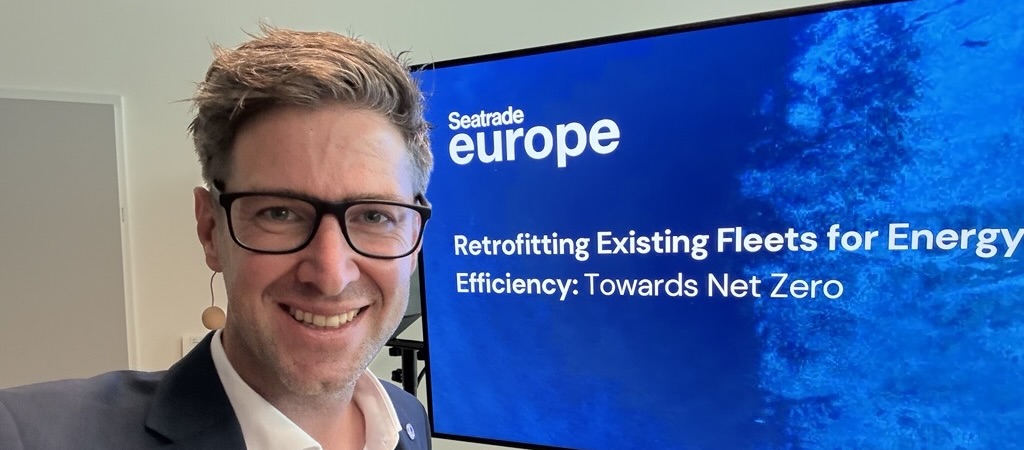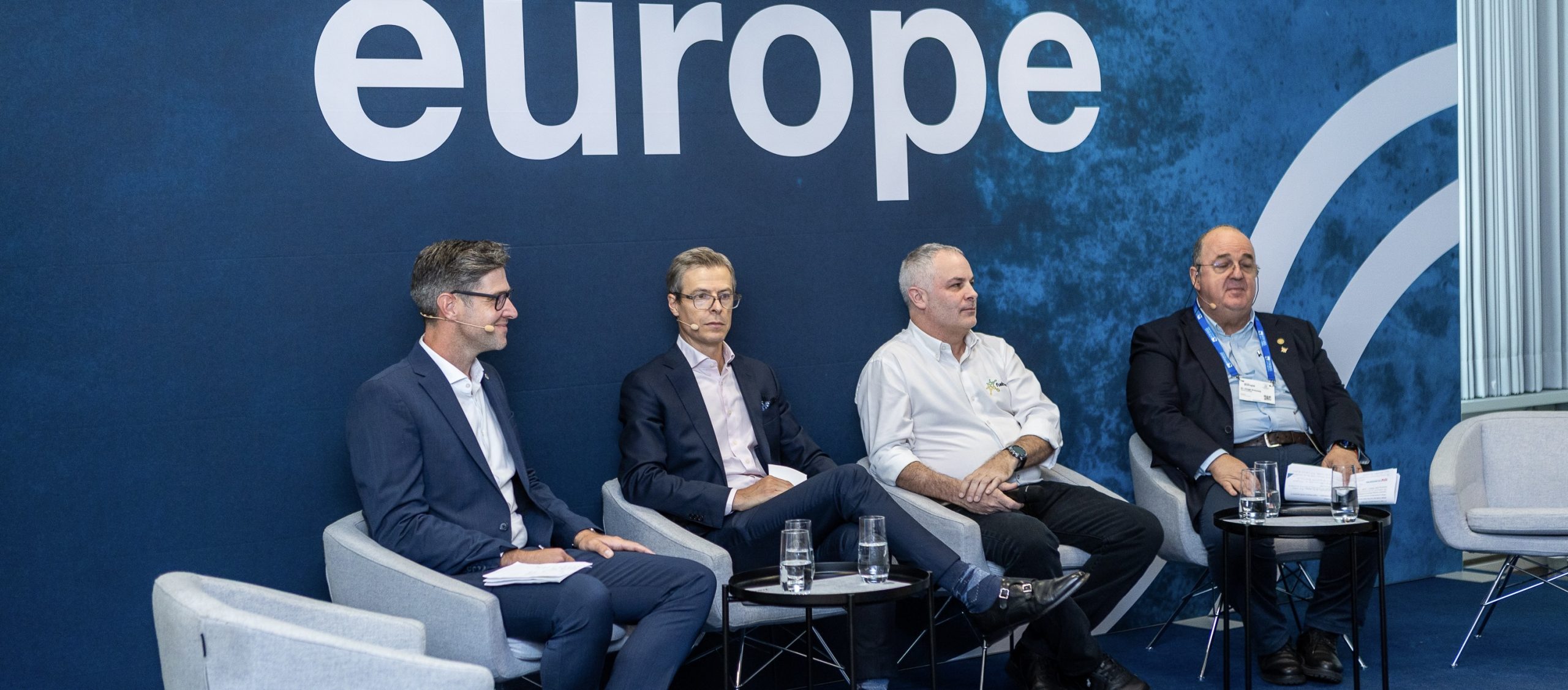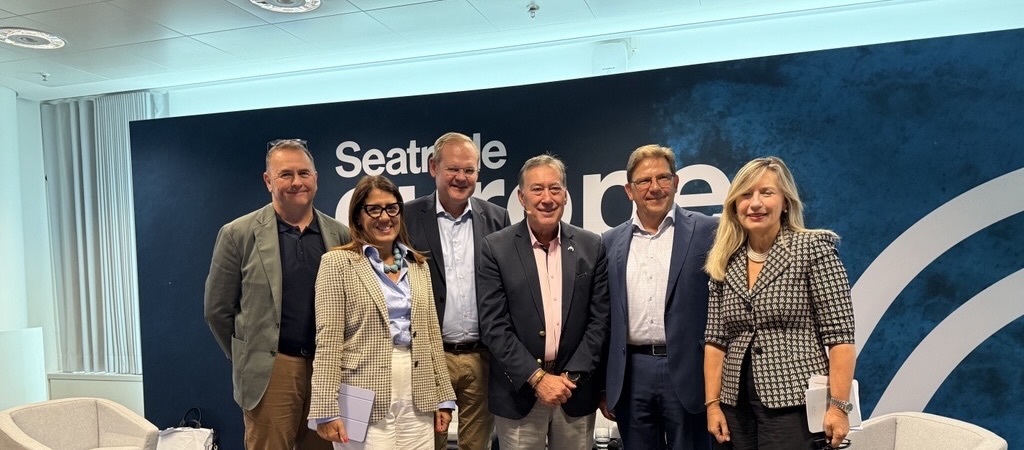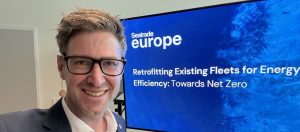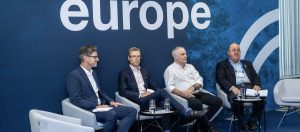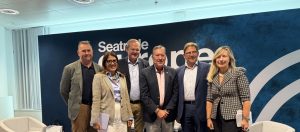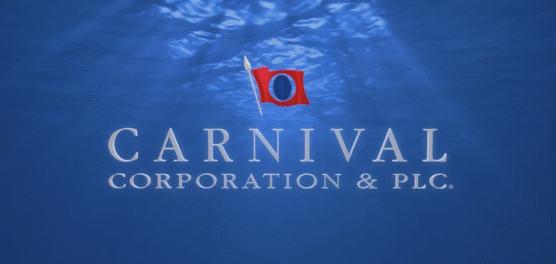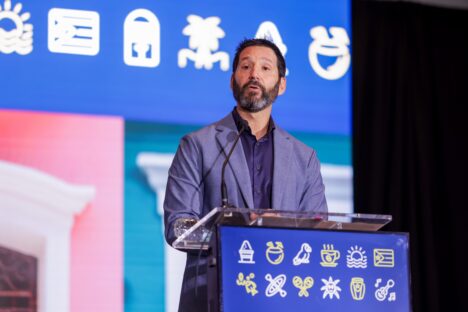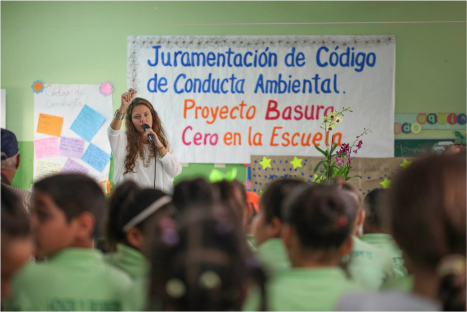Carnival Corporation Leaders Share Vision for the Future at Seatrade Europe
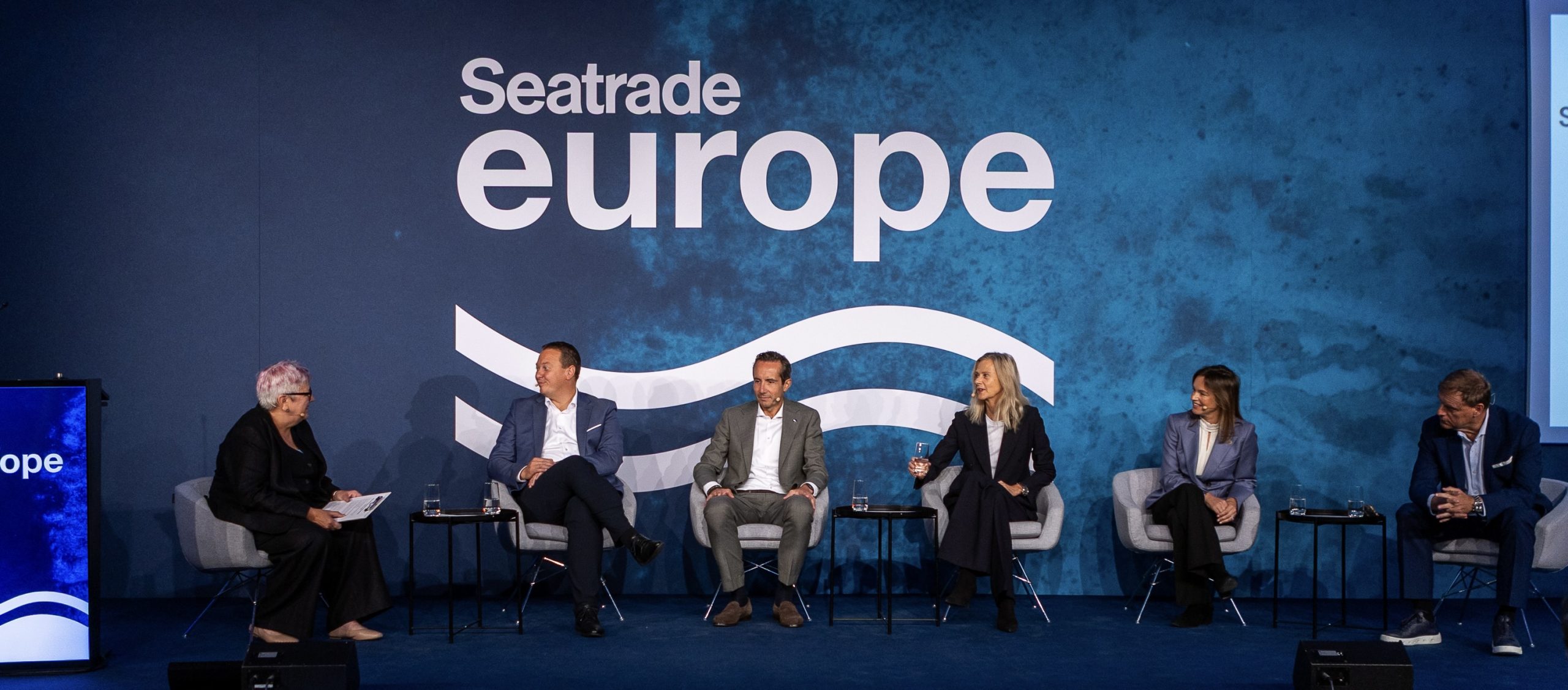
At this year’s Seatrade Europe conference in Hamburg, Germany, Carnival Corporation & plc leaders took center stage to share bold perspectives on the future of cruising in Europe. From sustainability to innovation, our experts offered a compelling look at how the industry is evolving – and how Carnival Corporation is actively contributing to that transformation through collaboration, investment and forward-thinking solutions.
State of the European Cruise Industry: Future Forward
Felix Eichhorn, president of AIDA Cruises, joined fellow industry leaders to discuss the heath and trajectory of cruising in Europe. Eichhorn emphasized the region’s strong growth potential.
“We really can talk about record numbers,” he said. “There are lots of opportunities in Europe.”
He noted that four of AIDA’s 11 ships now sail in Europe throughout the winter season. This strategy not only extends the cruise calendar but also opens less crowded destinations for guests seeking unique experiences.
Eichhorn also underscored Carnival Corporation’s sustainability efforts, including recycling, water conservation, energy efficiency and the adoption of alternative fuels.
“I don’t think many other industries have achieved what we have when it comes to reducing our energy consumption. We need to communicate that we have achieved so much, but we aren’t stopping here,” said Eichhorn.
He also talked about the AIDA Evolution fleet modernization initiative focused on both passenger experience and technical innovation and enhancements. The program forms part of a broader long-term strategy that includes the construction of two new-generation ships for delivery in spring 2030 and winter 2031/32.
Retrofitting Existing Fleets Toward Ambition of Net Zero
Christoph Schladoer, vice president of decarbonization at Carnival Maritime, also appeared on stage to share insights on how retrofitting cruise ships is transforming fleet operations.
“There are many ways to enhance how ships operate,” he said. “Software tools and modern machine algorithms provide us with new ways to use the data we collect from ship performance to advance how we operate day-to-day.”
Schladoer highlighted alternative fuels as one way the corporation is pursuing its ambition to achieve net zero emissions from ship operations by 2050. Specifically, he discussed the company’s use of Liquefied Natural Gas (LNG), which is today the best readily available, proven and commercially scalable fuel for the maritime industry that significantly reduces direct greenhouse gases and other atmospheric emissions and particulate matter. He also acknowledged the limitations, noting LNG is not commercially available everywhere.
He wrapped up his remarks with a clear call to action – emphasizing that retrofitting is an opportunity to embrace innovation to drive meaningful progress in a number of areas, in addition to simply meeting regulatory requirements.
“Retrofitting is using technology to improve what we do – and we can take more advantage of that. We should be proud of what we have done while continuing to always strive to find ways that technology can help us be even better.”
Shore Power at Scale: The Path to Widespread Onshore Power in European Ports
Dirk Inger, senior vice president, public affairs, communication and sustainability at AIDA Cruises, spoke candidly about the challenges and opportunities of shore power integration.
“As a frontrunner in the renewable energy space, Germany started laying the groundwork for onshore power in ports almost 20 years ago,” he said. “Around that same time, in 2004 AIDA began factoring shore power capabilities into the design of our ships starting with the AIDAdiva.”
AIDA’s fleet has now completed nearly 400 shore power connections, even though the capability is not yet available at the vast majority of ports. Inger noted AIDA Cruises actively seeks opportunities to plan itineraries around ports that offer shore power. This allows us to reduce carbon emissions and support improved air quality in the communities where we’re able to connect.
But implementation is far from simple.
“It’s not easy for ports to get a shore power connection,” he said. “You can’t just buy it at a shop. You need time to implement it.”
He shared the example of AIDA’s journey to secure regulatory approval – only to be limited to test operations due to infrastructure gaps.
Inger also addressed the cost implications to operators.
“Shore power is much more expensive – doubles the prices,” he said.
Looking ahead, he advocated for broader collaboration.
Inger continued by saying, “We should look at other energy efficient systems – like batteries. We need to get together with the industry for better energy efficiency technologies to integrate into our fleets.”
Together with partners across the industry, Carnival Corporation remains committed to advancing responsible cruising and shaping a bright future for travel in Europe and beyond.
